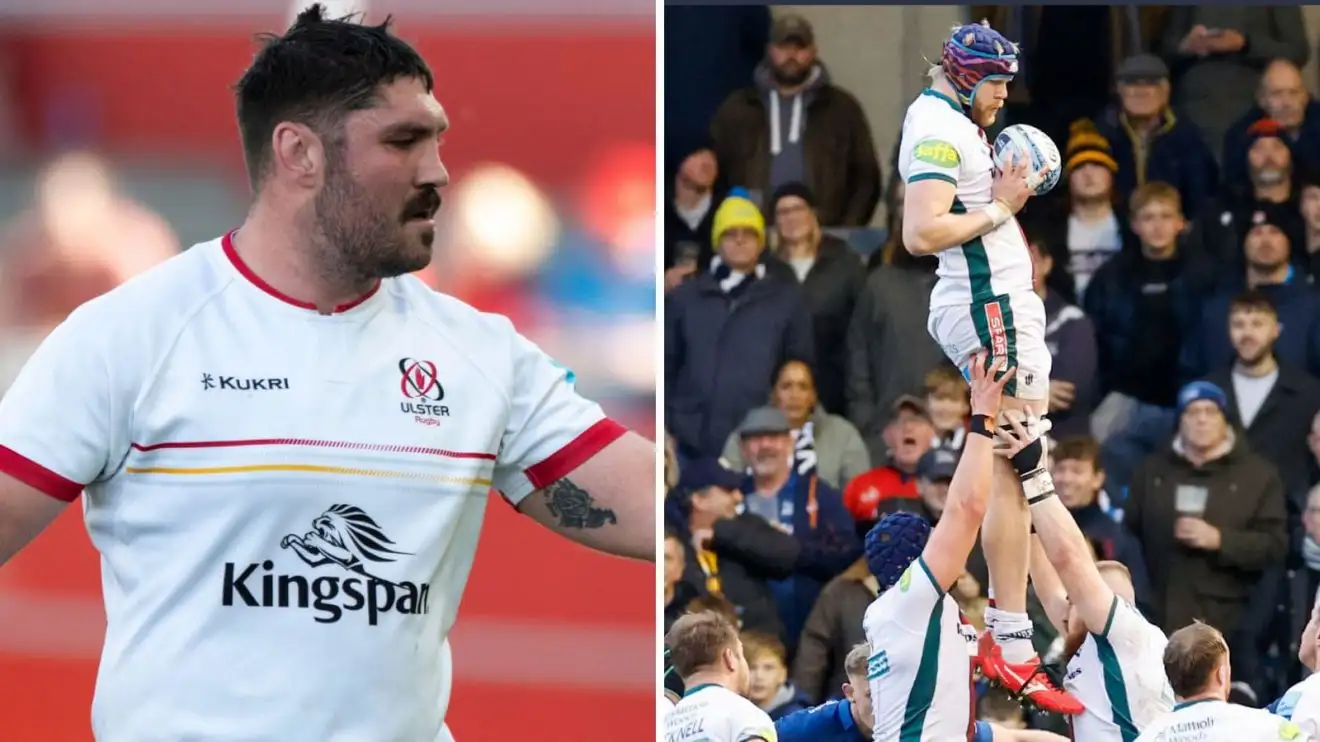This week we will mostly be concerning ourselves with Ireland and Ulster tighthead prop Tom O’Toole’s ban and the forthcoming law trials…
Hang on…


Law trial interest

This week we will mostly be concerning ourselves with Ireland and Ulster tighthead prop Tom O’Toole’s ban and the forthcoming law trials…


